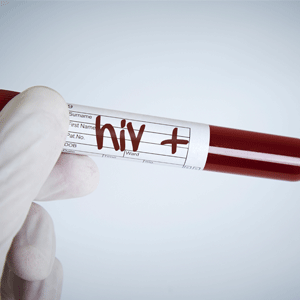Dealing with a Medical Emergency
Preliminary steps to be taken when dealing with a medical emergency:
Ask for Help - Call emergency medical services or the police immediately depending on the nature of the emergency.
Positioning the Victim – While it is normally advised that only trained personnel should re-position a victim, it may sometimes be necessary for a layman to do so. This may happen when the life of the victim is in peril, as in the case of a fire. It may also be necessary for you to re-position the victim in order to perform CPR.
The subsequent steps will depend upon the type of medical emergency you are dealing with.
Breathing Trouble
A person having difficulty drawing breath may be suffering from a serious medical condition such as asthma or an allergic reaction. You can help if:
The victim acknowledges having an asthma attack and has medication or an inhaler
The victim needs assistance in administering the prescribed medication
In such a situation, help the individual sit upright or in a comfortable position. Next, help to administer the correct dosage of medicine.
Seizures or Convulsions
An individual who is suffering from a seizure is in danger of injuring himself/herself. Your primary objective in such a situation is to prevent further injury.
Avoid restraining the victim during the seizure and move any furniture away from the vicinity of the victim’s head to prevent injury.
Avoid placing anything in the mouth as it may cause choking.
Place the victim on his/her side. This will help drain any secretions from the mouth and will nullify the risk of choking.
Heart Attack
Apart from severe chest pain, symptoms of a heart attack may include subtle signs such as pain in the left shoulder and arm, shortness of breath, discomfort in the chest, cold sweat, nausea and lightheadedness. If you suspect that the victim is suffering from a heart attack, you should:
Allow the victim to sit up or assume a comfortable position
Provide reassurance to the victim and tell him/her that help is on its way
If the victim is unresponsive then perform CPR
Stroke
A stroke is caused by a blood clot or bleeding in the brain. It is a serious life-threatening emergency and the earlier it is treated the better the prognosis. Signs of a stroke are:
Facial Weakness - This can be characterized by an inability to smile or a droopy mouth or eye
Brachial Weakness - Difficulty in raising one or both arms
Speech Problems - The victim may be unable to speak clearly
Trauma
An injury may or may not be accompanied by bleeding. In case of bleeding, attempt to staunch the flow of blood by applying pressure at the site of bleeding. It is better to apply a bandage or a clean cloth to the site and to then apply pressure on it. Stopping bleeding is an important part of first aid and can improve the prognosis.
For cuts and scrapes, clean the wound with running tap water or using an antiseptic solution. Apply an antibiotic solution to the wound and apply a dressing. Before applying the antibiotic, check to see if the victim is allergic to antibiotics.



Comments
Post a Comment